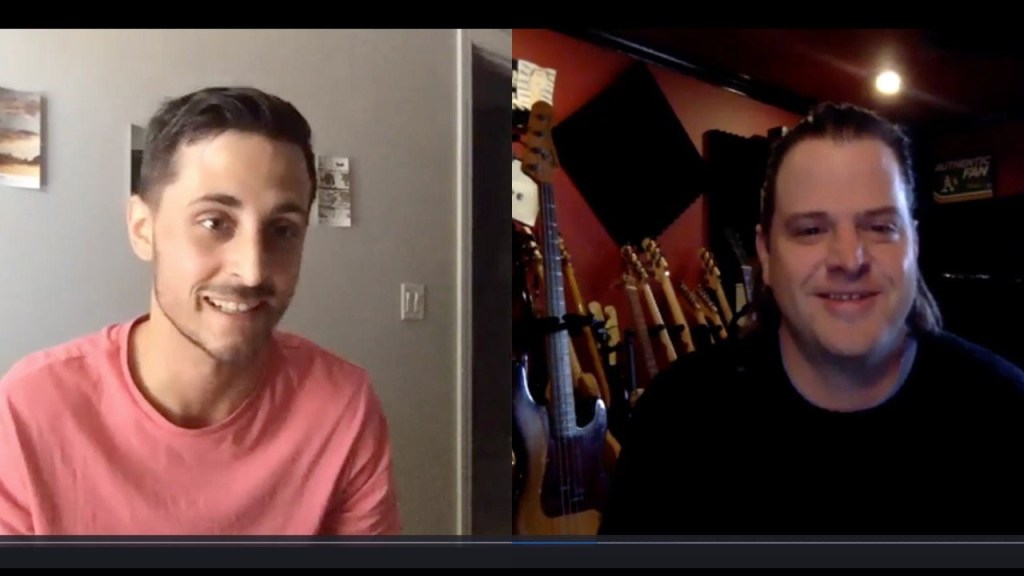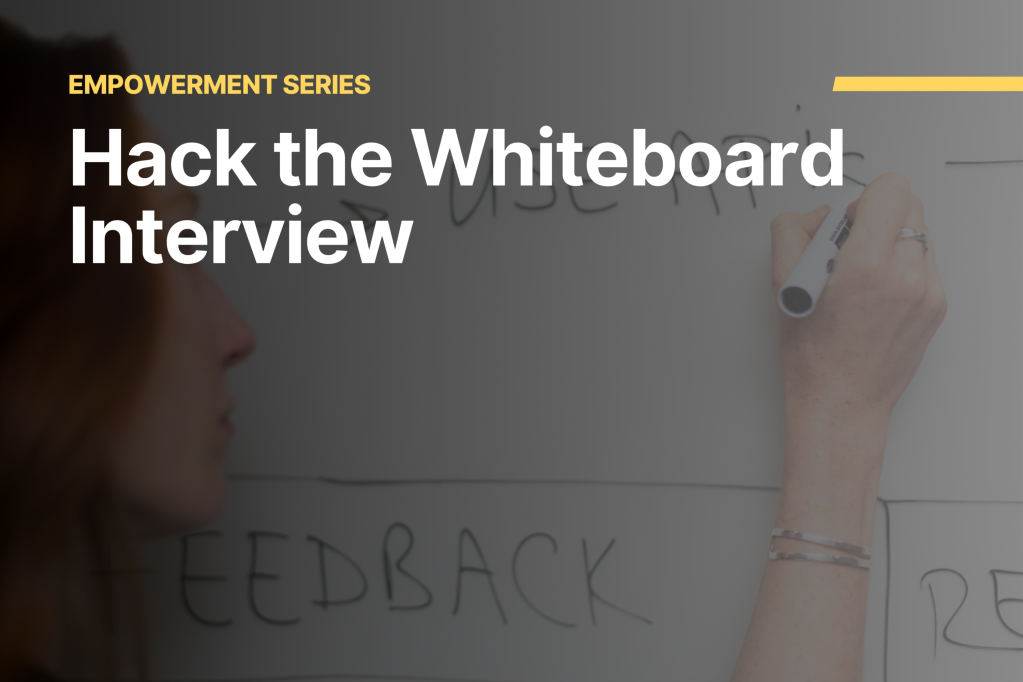
Template and Sample
Your resume is your chance to impress an employer with your skills and accomplishments. An industry-backed resume focuses on results, uses dynamic language, and appears organized, clean, and free of mistakes.
Here are templates and competitive samples that you can use to get started on creating your resume or CV. Simply save a copy of them so you can edit and adapt. Be sure to replace text in blue with your own, and follow the instructions in brackets when utilizing the templates.
Student Spotlight

Meet Alexis
- FinTech Boot Camp grad
- Background in business, law, and accounting
- QuickBooks and Salesforce certs
- Landed a Technical Solutions Architect role and a few months later moved to DevOps Software Engineer
- Recent CompTIA Security+ cert
Alexis’ Story
Alexis is a great example of an entrepreneur and upskiller. As a business woman and analytical thinker with several academic interests, she had a goal to bridge the gap in her current skill set to successfully transition from an accounting career into a role within the FinTech industry; specifically, blockchain enterprise development. Furthermore, she saw the boot camp as a way to aim at her aspirations of developing solutions to streamline accounting and audit processes using DLT and smart contracts. Lastly, the opportunity to collaborate with other individuals in this niche field.
She worked hard to reflect and identify her passions. The boot camp opened the door for her in FinTech for a successful outcome.
The Career Services team has been a huge supporter and aid in transitioning my career. Which is half the battle! They provide the proper mentorship and aid during and well after you finish the bootcamp!” -Alexis, FinTech Boot Camp Graduate
FinTech Resume or CV Criteria
Content
Heading includes all of the first-order information the employer needs.
- Include name, phone number, professional email address (not Hotmail, Yahoo, AOL, or university), city and state/province, and full hyperlinks to LinkedIn, GitHub, and HankerRank profiles.
Summary section. Try to include at least 3-5 of the following:
- Title of role pursuing (do not identify as a student).
- Background experience that connects to the role you are pursuing. Use Finance, Accounting and Business keywords and results driven language.
- Avoid pronouns
- 2-3 technical skills
- Years of related experience (keep below 10 years).
- Accomplishments, recognitions, and/or awards.
- Education or certificates.
Highlighted Skills Section.
- Include FinTech skills, ensuring programming languages and technologies conform to standard spelling and style for the industry.
- Focus on industry-specific skills and concepts you obtained in the recently completed program.
Projects Section.
- List reverse chronological order.
- Include a clear outline of your role and responsibilities.
- Describe the impact of the project, including its target audience and any notable research, as well as explain how it relates to the FinTech industry.
- Include GitHub links to project summaries.
Experience clearly laid out with accomplishments highlighted rather than job duties.
- Experience listed in reverse chronological order, with job title, job description, company name, city and state/province, and dates of employment. Avoid adding experience prior to 10 years from the current date.
- If applicable, include previous financial or business experience.
- Start every bullet with an action verb; don’t use the same verb more than once.
- Cite accomplishments, recognitions, and/or awards (do not list job duties).
- Bullets are concise, direct, and listed in order of importance.
- Briefly define job role and team size where it gives context to the scope and depth of your work.
- Include any military experience, if applicable.
Education listed in reverse chronological order with locations and certification.
- List education at the end of the resume. Only list education briefly at the beginning if you do not have much experience or relevant degrees.
- List all degrees (Associate’s, Bachelors, etc.)
- Include the program as the most recent item in education. List recently completed program as a certificate.
Pass the applicant tracking system.
- Include standard heading titles (Summary, Technical Skills, Projects, Education, Experience).
- Spell out acronyms and abbreviations (abbreviated months are acceptable).
- Use bullets instead of asterisks.
- Avoid images, icons, or photographs.
- Avoid colored text.
- Avoid columns, tables, text boxes, and graphs.
- Use keywords that match the job description and align with required skills needed for each specific role.
Design and Format
Clean and Simple Design
- No template language or blank areas.
- Design does not get in the way of necessary text/content.
- Text fills the page without overcrowding.
- Balanced margins, between 0.5” – 1.”
- No more than one page if new to the field, two pages if have relevant experience.
- Name and headlines stand out.
- Few (or no) hanging lines (where just a few words take up an entire line).
- Do not include a cover letter or references within the resume document.
Consistent and Professional Text
- Font size of 11 or 12.
- Consistent and professional font style. It’s okay to use different fonts for the headings and body. Professional font styles include: Arial, Calibri, Cambria, Georgia, Helvetica, Times New Roman.
- Consistent use of bold, italic, and underline; same bullet point style for all lists.
Correct Grammar, Spelling and Punctuation
- Consistent punctuation throughout.
- No grammar errors; no spelling errors.
- No personal pronouns (I, we, he, or she).
- Abbreviations or acronyms are not used unless necessary.
Easy to read and professional sounding tone
- No jargon, slang, or superlative adjectives like “great,” “good,” or “awesome.”









